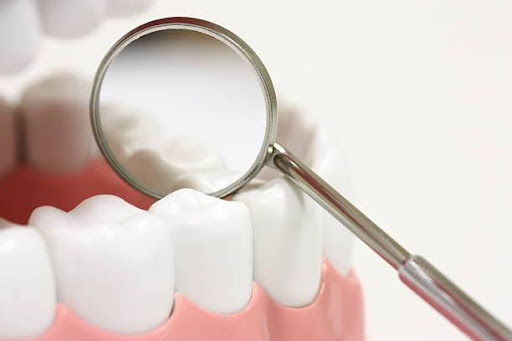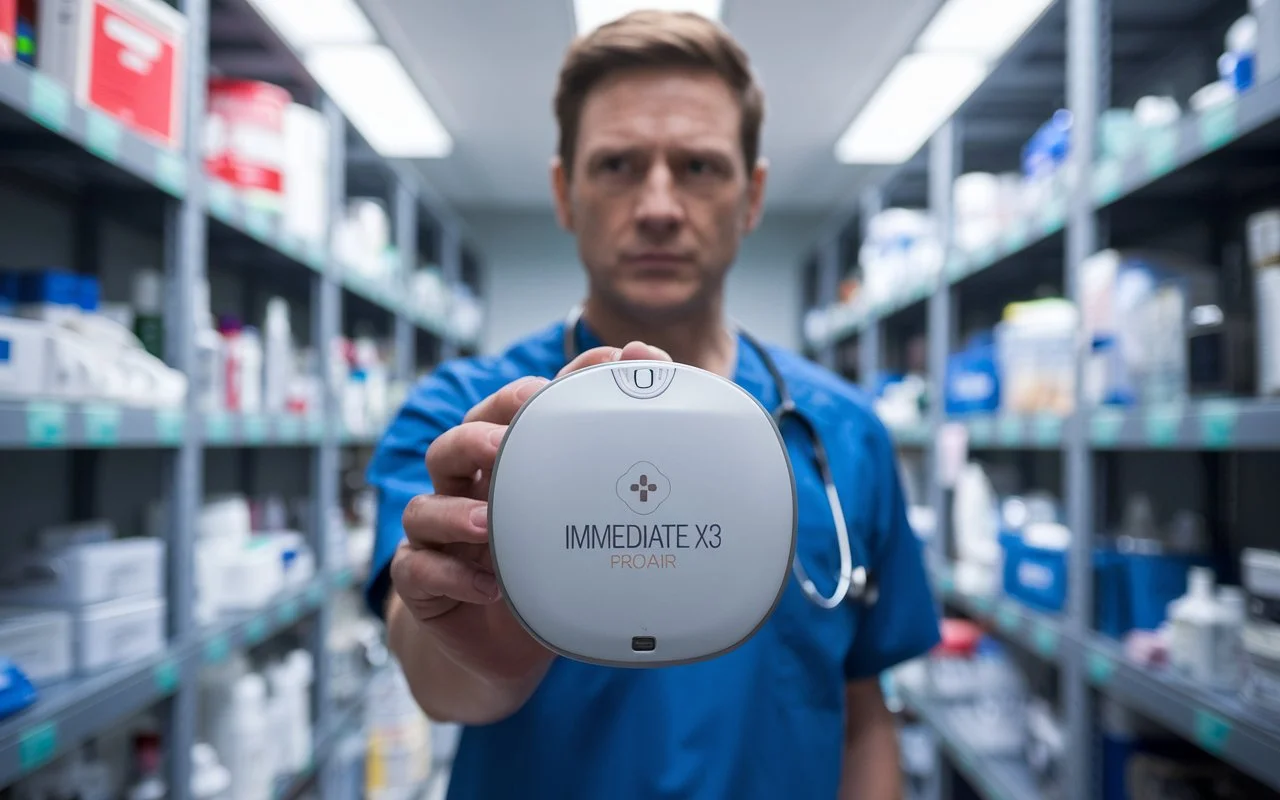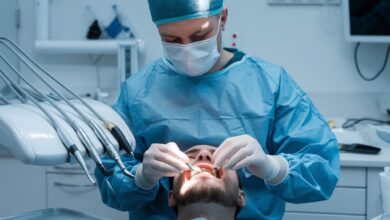Temporary Crown Care 101: How Long It Lasts and How to Protect It

An extensively used approach for restoring a broken or weakened tooth is a dental crown. Yet, until your everlasting crown is made, your dentist will place a temporary one to take care of the teeth and maintain the shape. Although it is an insignificant brief answer, it is important that you take true care of your brief crown in an effort to avoid ache, numbness, or even costly dental headaches in the future. This is a guide that will discuss the life of a temporary crown, factors that may make it fail too soon and how to best preserve it until your permanent crown is available.
What Is a Temporary Crown?
A temporary crown is a temporary envelope that is overlaid after a prepared tooth has been made to be a permanent crown. It has several significant functions:
- Prevents sensitivity of the exposed tooth and bacteria.
- Has control over normal chewing and talking
- Stops the shifting of adjacent teeth.
- Maintains gums healthy and in good form.
Typical materials used in manufacturing temporary crowns are acrylic resin or stainless steel, and are bonded with temporary cement, which enables your dentist to easily remove the temporary crowns as soon as the permanent crown is complete.
What is the Stern life of a Temporary Crown?
In case of normal conditions, a temporary crown can last two to three weeks. Normally, this is sufficient time to have your permanent crown prepared in the dental laboratory. But, given a delay, either through lab problems, more dental treatment, or any other appointment, your dentist can leave the temporary crown until as long as six to eight weeks.
Although technically it can be that long, temporary crowns are not meant to be worn for long. The materials and cement are not as strong as the permanent crowns, and therefore the longer the one wears, the higher the chances of it loosening up, cracking, or falling off.
Why Proper Care Matters
The temporary crown might be small, but failure to take care of it might have huge expenses. Lack of proper care makes micro organisms creep beneath a loose crown inflicting tooth decay or gum infection. Also, when your crown falls off and it isn’t always changed right away, your tooth may shift or be more touchy, which would make your permanent crown match within the future.
With proper use of your brief crown, making sure true oral hygiene and following the guidance of your dentist, you may keep away from the risk of losing your transient crown and make it safe and cushty until the next visit to your dentist.
How to Protect a Temporary Crown
The following are some general recommendations on how to maintain your temporary crown in excellent condition:Hard, sticky, or crunchy foods should be avoided.
Temporaries are weak in comparison to permanent crowns. One should not chew food such as nuts and caramel, taffy or hard candies, which may provide cracks or may loosen the crown. Whenever you can, chew on the other side of your mouth.
Be Gentle When Flossing
Flossing matters, however, when it is done improperly, it will strip the crown off. Rather than pulling the floss up and out in between your teeth, pull it out on your side. This reduces the chances of loosening the crown.
Maintain Regular Brushing
Use a soft-bristle toothbrush to brush your teeth at least 3 times a day. Brush the area around the temporary crown gently to get rid of plaque and food. Do not use a harsh kind of brushing as it can aggravate your gums or cause the crown to move.
Never Chew on the Same Side
When you have a temporary crown on chew on one side of your mouth, then chew on the other side as much as possible. This will aid in alleviating the pressure on the crown and it will not loosen early.
Beware of Sensitivity to Temperature
Since some amount of tooth under your crown is exposed, you can experience sensitivity to hot or cold food. Until your permanent crown is secured, it is better to avoid high temperatures or low temperatures.
Call Your Dentist In Case It Looses
When you realise that your crown is loose and is clicking, or hurts when biting, contact your dentist right away. A loose crown leads to exposure of the tooth to bacteria and consequent complications should the problem not be dealt with early.
How to take care of falling off a temporary crown
There is nothing rare about losing a temporary crown, particularly when you suddenly bite something sticky or crunchy. If this happens:
- Calm down is normally a straightforward remedy.
- Take back the crown and run it under some water to cleanse it.
- Examine the tooth – in case it is sore or sensitive, wrap it with a part of dental wax or gum without sugar to visit a dentist.
- Immediately call your dentist and make an appointment for re-cementing.
In other instances, your dentist may recommend that you place temporary dental cement (which is easily obtained in most pharmacies) to hold it in position till you visit. Do not practice household glue or adhesives because this can ruin your tooth and gums.
Common Mistakes to Avoid
- Omitting Flossing: Some do not floss around their brief crown due to the fact that they worry that it turns loose. Nonetheless, soft flossing will also be beneficial to keep away from the buildup of plaque and gum irritation.
- Insensitivity: Mild sensitivity is not a reason to worry about, but an acute ache may be the result of trouble under the crown.
- Postponement of Permanent Crown Appointment: Temporary crowns are not presupposed to be used on a long-term basis. Delaying your ultimate fitting might also cause periodontal disease or gingivitis
Conclusion
An interim crown is a critical method of restoring your smile – yet it’s very touchy and has to be properly cared. It normally takes 3 weeks, but with proper care, it is able to stay longer, up to 6 or eight weeks. The trick is not to cause harm to the mouth, keep your mouth clean, and go to your dentist in case something appears incorrect.
With those smooth steps, you may save your transient crown, make sure of a clean transition to the permanent one and hold your smile healthy and delightful for years to come.



